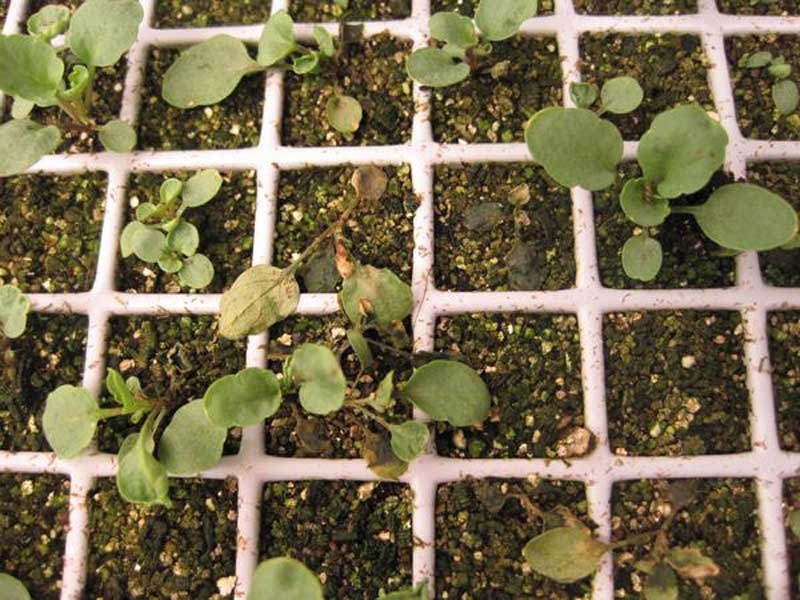Damping off disease poses threat to nursery saplings

Shimla: Damping off disease is detrimental for saplings, and it is a devastating issue that needs to be sorted out. The disease is caused by soil-borne pathogens such as Pythium, Rhizoctonia, and Fusarium, and due to its effect, young seedlings fade early. It is harmful, especially for various fruits, flowers, and vegetables such as tomatoes, chillies, papaya, and marigold.
Winter is knocking the door, and farmers are busy growing these seedlings in their respective nurseries, but they have to face a big issue such as the sudden wilting, yellowing, and rotting of young plants. Damping off disease is characterized by brown, water-soaked lesions at the ground level, which are responsible for the rotting of roots and result in the collapse of the seedling.
Also Read: Expert tips help to bear fruits in litchi trees
This disease mostly takes place due to high density, humidity, and temperature, poor drainage, and moist soils. Seedlings are highly vulnerable to damping off; the moment plants mature, they become resistant and almost free from diseases.
In an effort to combat the disease, agricultural experts recommend selecting a sunny area with good air circulation for nursery beds. Ensuring proper drainage and, where possible, using seed trays or pro trays can help manage the disease more effectively. This method not only ensures better growth conditions for seedlings but also protects them from adverse weather conditions like heavy rains.
Soil solarization is another technique for the prevention of diseases. Farmers can eradicate many harmful pathogens; they have to keep the nursery bed wet and cover it with white plastic for 21 days. After removing the plastic bed, the nursery bed should be left open for three days before planting begins. These processes will help in ensuring healthy seedlings and successful crops.


